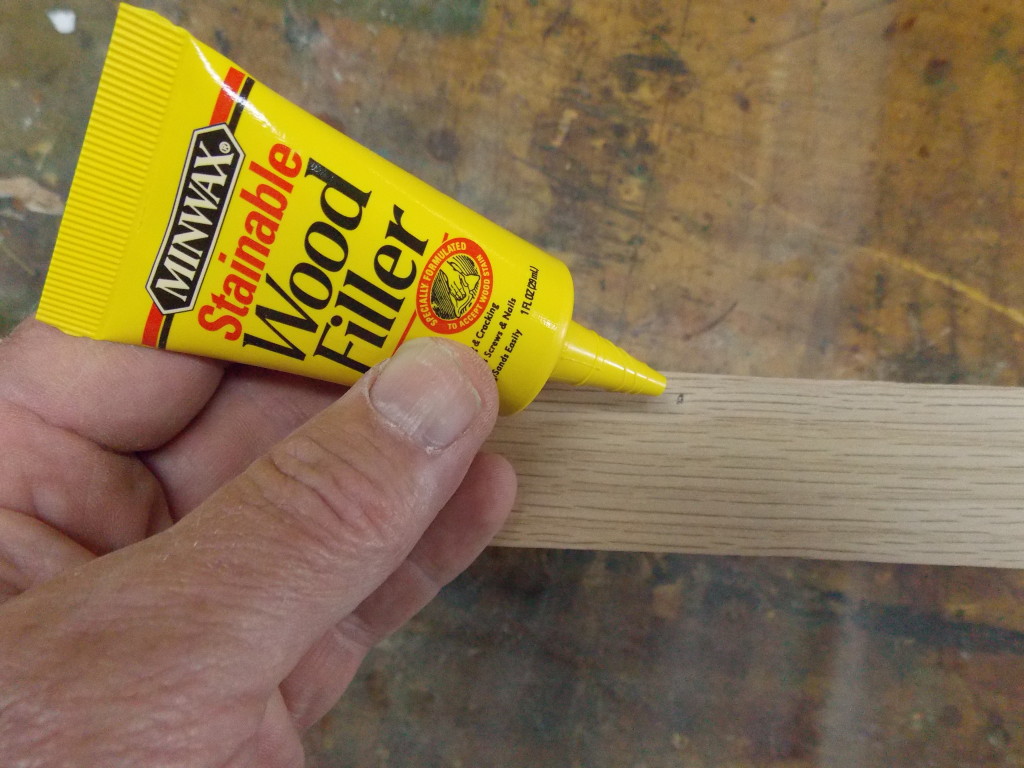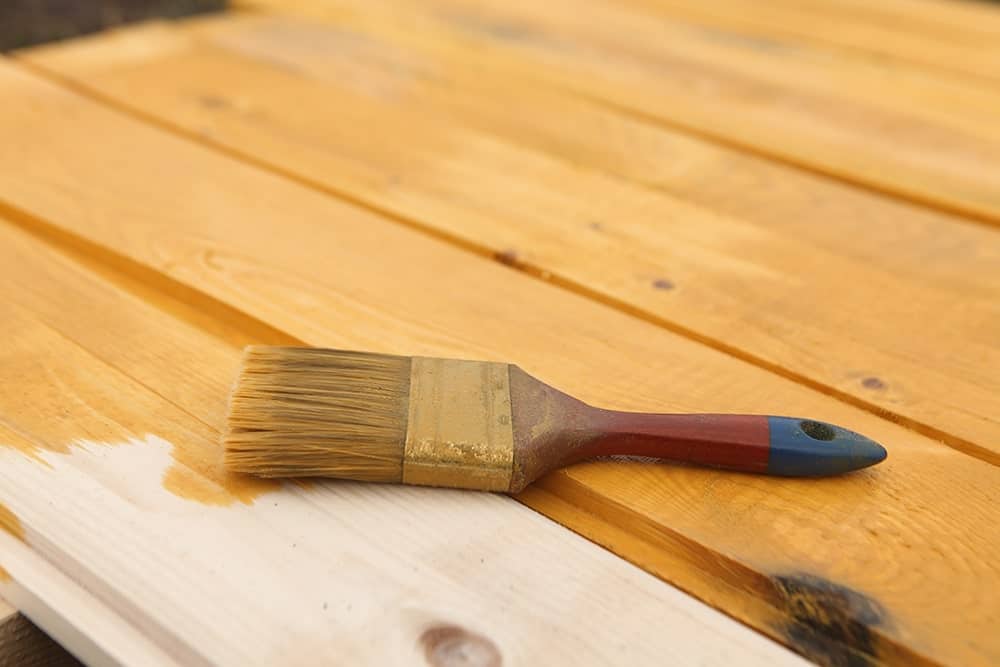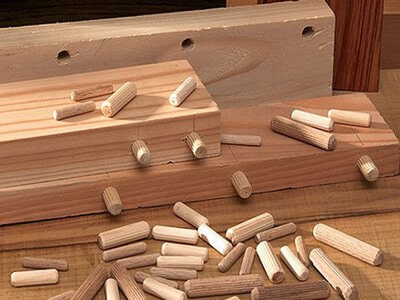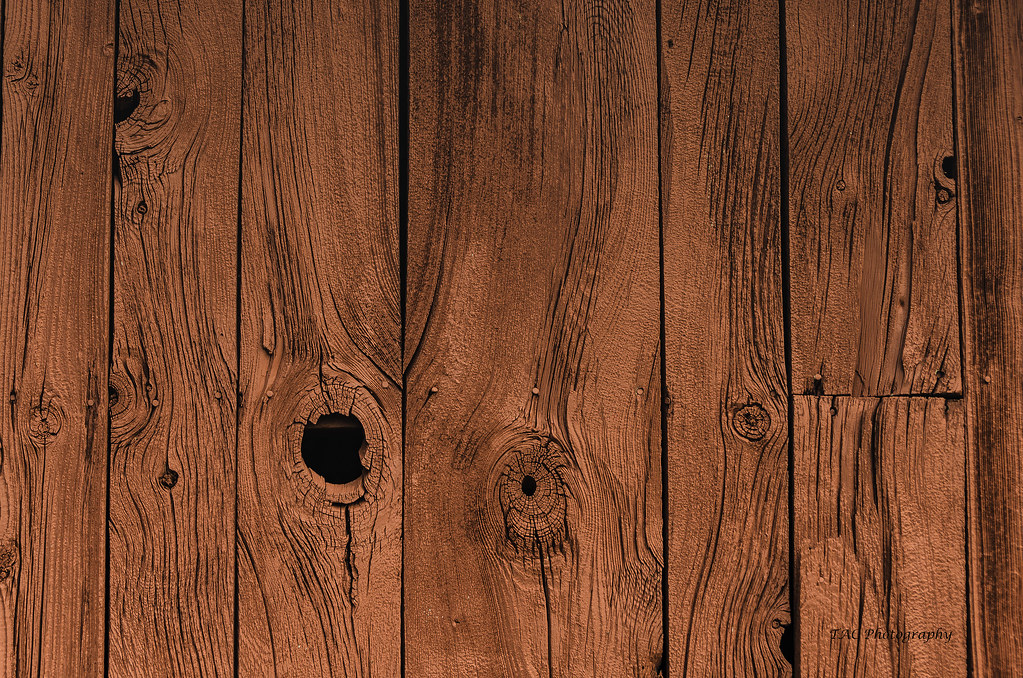Wood is prone to natural wear and tear. Over time, wooden walls, furniture, or wooden interiors can develop holes, cracks, breaks, and dents which are not just unsightly but can also affect wood’s overall strength. A woodworker has to learn how to fill holes in wood to enhance the durability and the beauty of his project. Here are some of the most effective techniques.
What you need for this tutorial
- Wood filler – this is a substance that is used to repair small imperfections on wood like nail holes, screw holes, and cracks. This is made from wood dust, binders, and pigments which can help restore the appearance of wood.
- Patching paste – also called patching compound, this is made of calcium sulfate, crystalline quartz, and limestone. This product sets quickly and can make easy repairs on concrete, plaster, and wood.
- Wood Sealant – this product contains wood stain, paint, oil, and shellac. It remedies holes, coats wood, and protects it.
- Carpentry/construction adhesive – also known as PVA or polyvinyl acetate, this is a synthetic adhesive that’s used to join wooden pieces along with nails and fasteners.
- Sawdust – you need fine sawdust to blend with adhesive to create the appearance and texture of the original material.
- Epoxy resin – this is a polymer that’s used in many applications including filling holes in wood.
- Wood chips, toothpicks, or matches – you need any of these to plug larger holes in wood.
- Wooden plugs – wooden plugs are commercially available and you can use one or more of these to patch large holes in wood.
- Putty knife – you need a good quality putty knife to apply your wood filler, glue, or resin in small cracks, holes, and breaks in the wood.
- Wooden mallet – this tool is handy when it comes to driving wooden plugs into the wood.
- Sandpaper – you need varying grits of sandpaper to finish your work
- Safety gear – always wear a face mask, goggles, and safety gloves when working with adhesives. As much as possible, work in a well-ventilated and well-lit area.
- Steel wool – you may also use this to remove any excess dried adhesive material.
Instructions
Before any technique, prepare the wood and the hole or holes you will fill. Generally, small holes can be remedied with wood filler while large ones may be repaired by wood mastic. Consider the following steps:
- Correct humidity changes. The humidity inside your working area should not be more than 20% to treat wood.
- Remove all rotting wood.
- Remove all oils, paint, sealant, and varnish on the surface.
- Clean the wood if it’s very dirty with regular dish soap and water. Dry it completely before starting.
Filling holes with wood filler

- Read the manufacturer’s instructions on the bottle or container.
There are many brands of wood fillers with different drying times, curing times, and mixing steps.
- Mix the wood filler paste
Knead the mixture to remove all air and to create a homogenous paste. Knead for at least 3 minutes.
- Apply the filler
Use a putty knife to apply the filler inside the hole. Make sure to fill the hole well and avoid any protruding bumps over the hole.
- Remove any excess
Wait until the wood filler has dried completely. With a piece of sandpaper or steel wool, scrub the area until it’s level. There shouldn’t be any roughness or any uneven areas on the surface so you can proceed with finishing your work.
Filling holes with a wood sealant

- Check the product label for the steps on how to prepare wood sealant/mastic.
Usually, it’s one part water with 3 parts of wood mastic powder. Mix these well using a small spatula or stick.
- Use a putty knife to apply the wood sealant
Apply the sealant into the hole and let the material overflow.
- Let the sealant dry completely
Allow a day or more for the sealant to dry. Follow the drying time of the wood sealant product you used.
- Sand the area and repeat if necessary
Use fine-grit sandpaper to remove any excess. You may use a sanding block to apply the sandpaper. If you think that the sealant is not enough, you may apply another layer, dry it and sand it.
- You may drive nails into the putty before it dries completely.
If the hole is too deep, drive a nail through the putty before it dries. This will create a stronger and better fix. Add a small amount of sealant on top of the nail to hide it.
Filling holes with adhesive and wooden chips, toothpicks, or wooden plugs

- Decide if the hole is too deep, too complicated, or too wide to fill.
- Insert small wooden items like wooden chips, plugs, or toothpicks.
Use the tip of the putty knife to press the chips or toothpicks in. Make sure that the hole is well-packed before you proceed.
If you’re using wooden plugs, drive these in with a mallet.
- Mix sawdust with wood glue
You need to make a consistent mixture of sawdust and wood glue. Once the mixture is ready, apply this inside the hole. The mixture will bind with the wooden plug, toothpicks, or wood chips and fill the hole in no time.
Aside from wood glue, you can also use epoxy resin. This product can create a very strong bond that will connect the wooden plug, toothpick, or wood chips more efficiently with the existing wood.
- Wait for everything to dry up and harden completely.
Allow at least a day or more before you work on the hole again.
- Sand the area or use steel wool.
If you’re not satisfied with the results, sand and add another layer of wood glue and sawdust mixture or epoxy resin. Wait for the new layer to dry before sanding it again.Now that you have an idea of how to fill holes in wood, you may now confidently make repairs on walls, furniture, and other wooden items in your home. Remember, wood needs great care and attention. Follow these techniques and you can fix old wood like a pro.

Leave a Reply